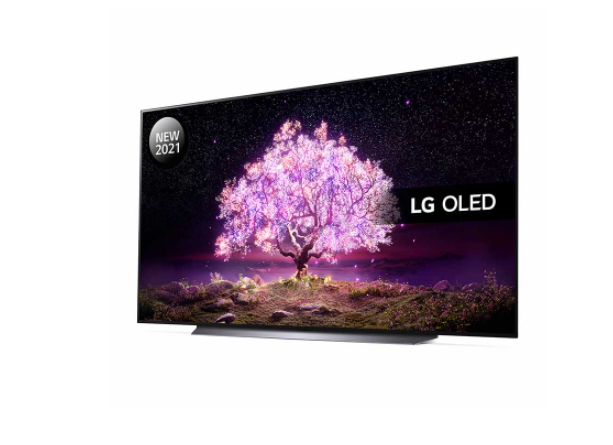OLED burn in (aside from perhaps sky-high prices) is likely one of the biggest things that turn off would-be buyers of OLED TVs (or OLED-equipped electronics like the new Nintendo Switch OLED). But if you're really scared that you're not going to get your money's worth because of this, you're mistaken.

The truth is that burn in is no longer that much of a problem anymore for OLED screens. As such, this should not turn you away from enjoying the incredible visual fidelity of these displays.
OLED Burn In Is 'Rare'
Various display makers like LG have gone on record to say that experiencing OLED burn in is rare. This is even more so if you're just using the TV normally. In other words, you will only experience burn-in on an OLED screen if you push it way past its limits in an unrealistic usage scenario.
This all lies with how OLED displays work. According to CNET, burn-in happens when a specific image remains static on a screen for long periods of time. If they're displayed long enough at a high brightness, they will remain as "ghostly" images on the screen no matter what else is shown on the display.
If you're an average TV user, you don't need to worry about this. A normal usage scenario (i.e. a few hours of watching movies) won't cause burn-in, mainly because the images move so much and don't have enough time to stay static on the screen. Plus, modern OLED TVs (like those from LG) already feature technology like "self-healing properties" that take care of any short-term ghostly images should they appear.

Even Causing Burn-In On Purpose Is Hard
Various tech reviewers have put OLED screens to the test to see whether they burn in. But none of them have put the displays through normal usage scenarios, and always intended to cause burn-in by doing things to the absolute extreme. Safe to say that even then, the displays didn't show long-term image retention after a really, really long time.
Read Also : 3D Printed OLEDs at Home Comes From THIS Research-Can it Bring Displays, TVs for Personal Use?
Tech YouTube channel HDTVTest put an LG E8 OLED TV through the gauntlet for this one purpose, and the results are telling. After using the TV for an average of 20 hours a day for six months straight, they revealed that the display didn't even show signs of burning in-much less anything permanent. That's a total of 3,700 hours of usage with no problems. Plus, who else watches TV 20 hours a day for half a year straight?
Nevertheless, their results showed that if you're using such a TV at a normal pace (i.e. a few hours a day, with breaks in between), you will never experience OLED burn in. And to further minimize the risk, all you need is to vary the content you watch, as well as put the TV to standby mode instead of turning it completely off. This is to let the TV's display compensation cycle run to its fullest to remove any sign of image retention that might have developed-no matter how small it might be.
What About The Nintendo Switch OLED?
The newly released Nintendo Switch OLED is another moot point on burn-in. Long story short, the situation is the same: you won't get permanent image retention with normal use.
This was the result of another experiment, this time by YouTuber Bob Wulff. His experiment involved keeping his Switch OLED turned on for 3,600 hours without powering it down (around six months straight). That, and the display showed nothing but a static display. The experiment finished with the screen finally burning in after such an extreme use case.
Here is Wulff's video of the experiment:
As you know, this is such an unrealistic usage scenario because a gaming console, by default, will ALWAYS display moving images. The only static ones are going to be health bars or any other HUD element, which is nothing that a modern screen's self-repair capability can't handle.
Final Thoughts
So, there you have it. DO NOT let fears of OLED burn in ruin your decision of purchasing an OLED-equipped TV or handheld console. It is time for you to experience a visual upgrade to your media like you've never seen before.
Related Article : How to Prevent Nintendo Switch OLED Burn-In
This article is owned by Tech Times
Written by RJ Pierce
ⓒ 2025 TECHTIMES.com All rights reserved. Do not reproduce without permission.




